Stroom Invest interviews / artist Brigitte Louter
Brigitte Louter likes to try to understand the world. With the internet as a gateway to all world knowledge, this is not an easy task. But you have to start somewhere. We will make a start in her freshly cleaned studio in The Hague, which is also going to be the place to set a new world record.
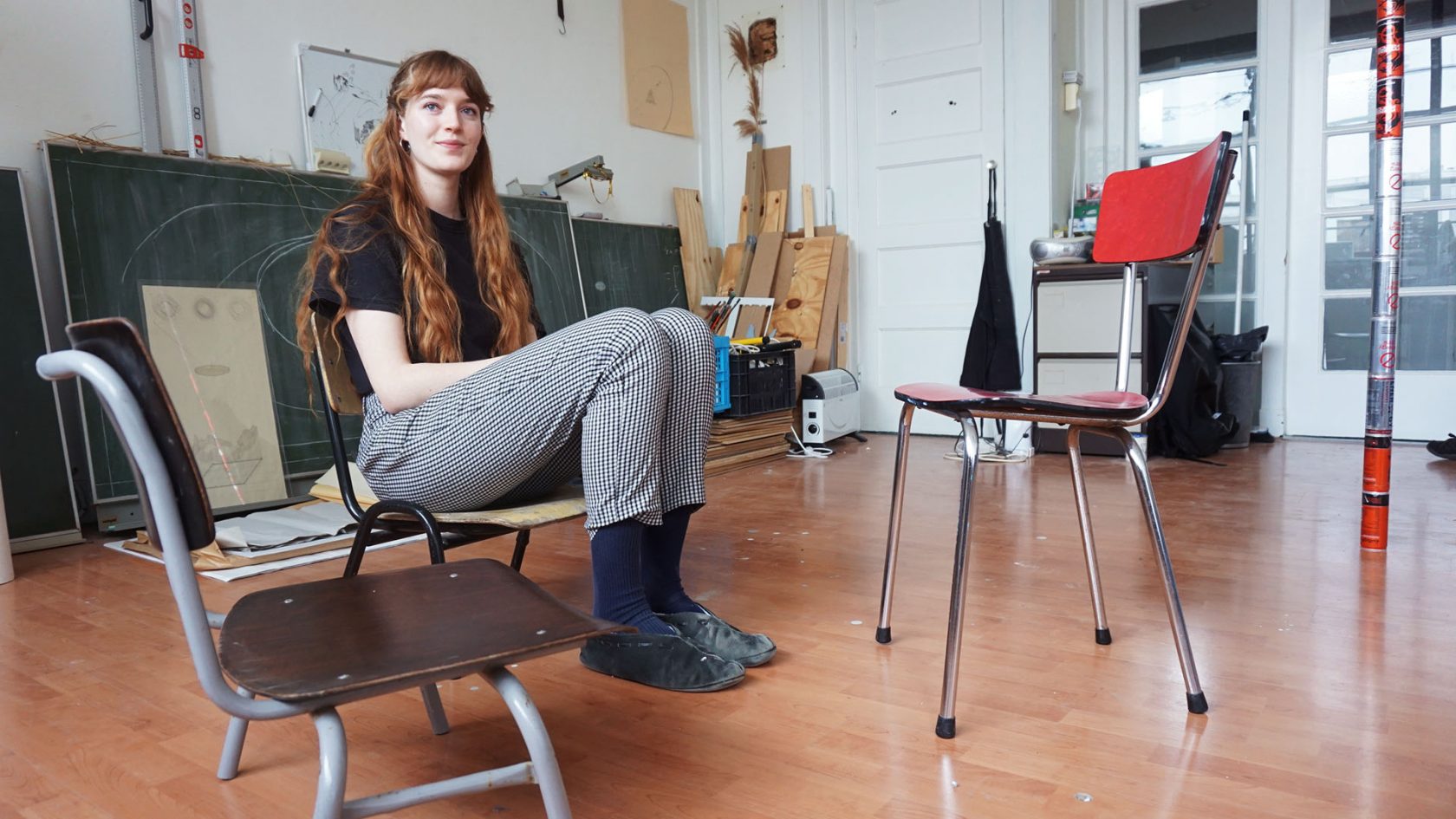
Frits Dijcks: How do you feel in this period of corona lockdown?
Brigitte Louter: In the beginning I felt a bit defeated. Normally in spring, I have a lot of energy. After a winter period of introspection, I really have an urge to do things. But planned exhibitions were cancelled. And we also had plans to organize events here in the garden of the studio complex. I did have the time to work on a new text and I made small dorky drawings watching the corona press conferences. I was just drawing the press conference the whole time. That brought back a really simple joy.
A year ago, I found this little man in a Styrofoam case on a second hand market in Madrid. I got really attached to this object, so I was thinking about making objects in Styrofoam cases at first. But when the corona crises started, I sort of felt like this little man in its casing. It also remembered me of an exhibition I did last year in P////AKT where I had an arena setting of mealworms living on Styrofoam and a bit of water. They eat the Styrofoam, poop it out and eat it again. So I had this fantasy of a fictional character living like a mealworm eating himself into a Styrofoam world. So seeing this object I found that I already had this idea in an image.
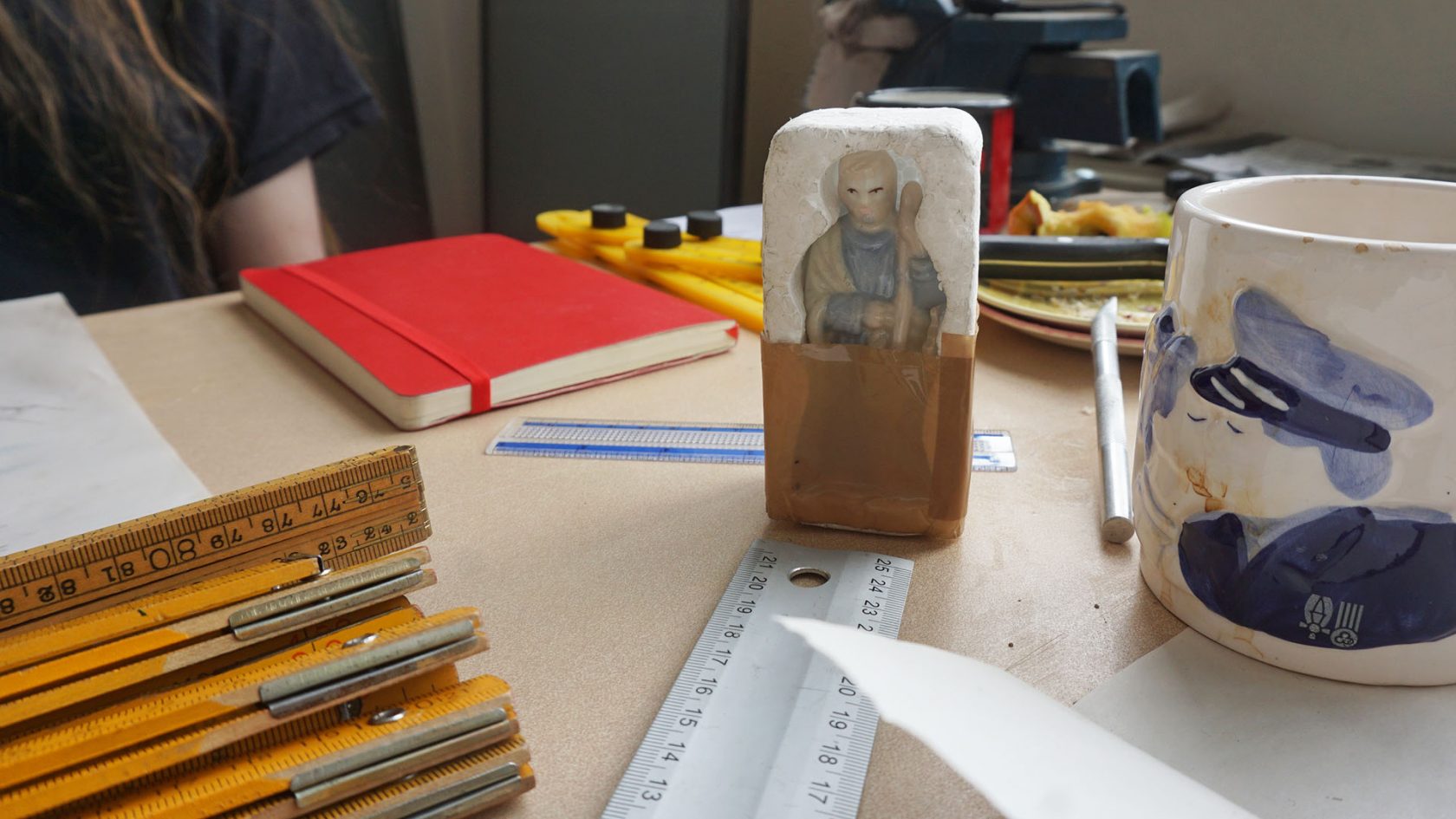
You intend to work with this idea in the near future?
Well, it is just one of the ideas I keep on the shelf. Also during corona I was looking at the model of this virus which became a symbol. The virus uses the human body as a case and the people are locked in their homes to protect themselves against this microscopic thing. The wrapper is becoming a host to live in.
The main project that I am now working on is to break a world record by making the largest folding ruler. I just received a ‘GO’ from the Guinness Book of Records, that it will be a legitimate world record by their standards. So that is good. I want to make it an official event and present it in public space.
After doing exhibitions like I did at P////AKT, I now want to show something that people accidently can encounter in the street. The corona crisis also encouraged me to execute this idea. The ruler will be a third of a hectometre, which is about 33,33333 meters. That is enough to set the record which is now 30 meters. I want to break it just a little bit so someone else can also set a new record later on.
The object will be folded into 10 pieces so it will be about 4 meters when it is folded. I will make the wooden pieces in the project hall of De Besturing and bring it here in my cleaned studio to assemble the work and to add the measuring scale. I will use the official standard because I also want to relate to the global world. On the other side I also want to relate to the local situation and measuring system by putting it here in the garden or on the street.
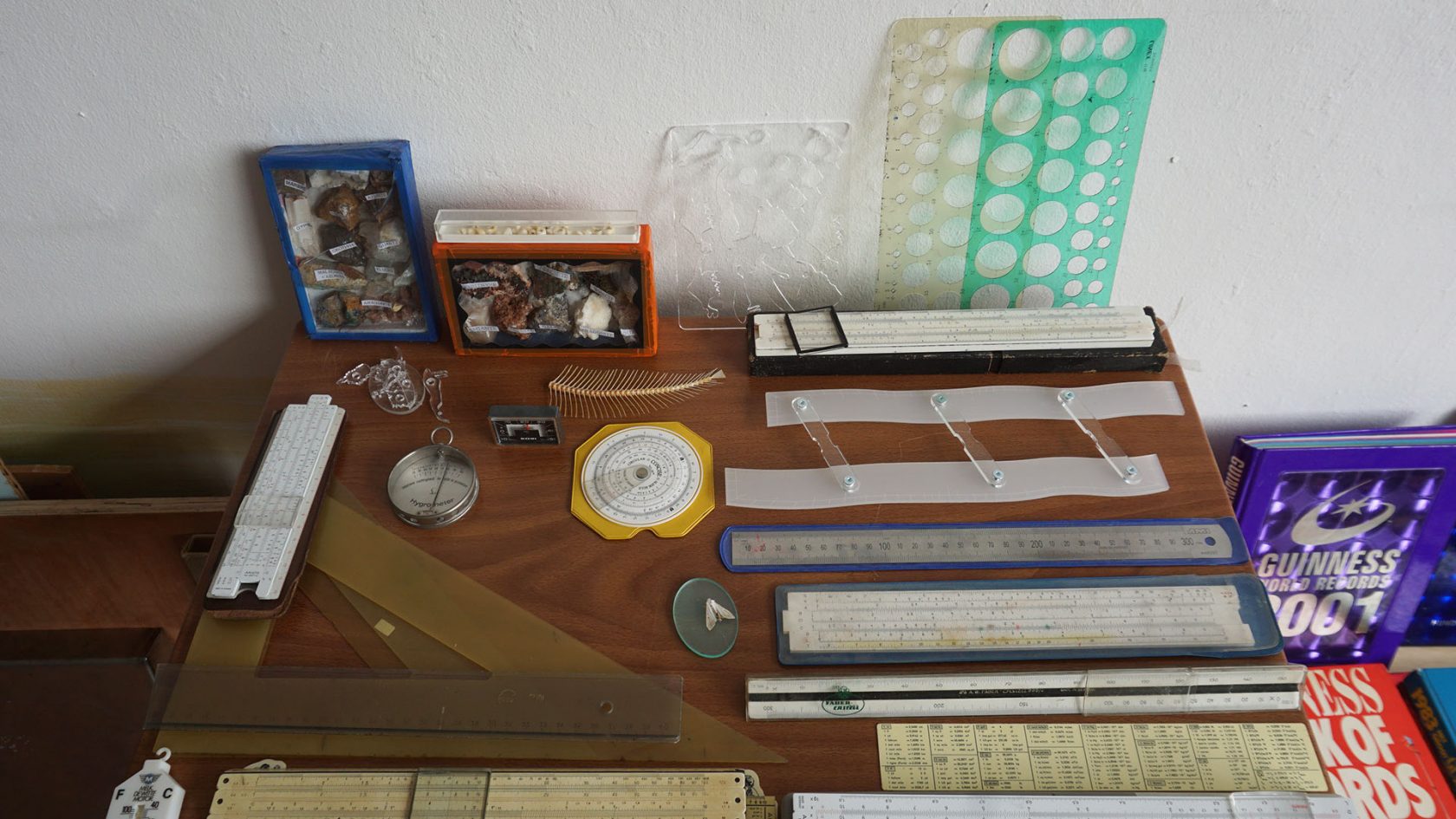
Do you also want to involve official institutions who control the standards?
Well, one of the requirements to set a world record is that you need a jury of professionals who know how to measure things accurately. They have to check whether the measuring tools to measure my new measuring device are correct. This is one of my favourite parts of the project.
World records have the quality that people always want to break them. It is a way of conquering a part of the world. By setting a record you are relating to the world as a whole. The idea that people invent something to be very good at, for the sole purpose of setting a world record. I very much like the creation of the biggest elastic ball made out of ordinary rubber bands. This is an activity that you can do in your own house and at the same time relate to the whole world, because nobody else has thought of doing this. This way an amateur can become the best in the world. It is very democratic. You can also look down on these people as many will do, but I just want to experience what it feels like. I chose to make a measuring ruler, because I like measuring devices and because they are an extension of the human body.
What will we be able to measure with a 33,3333 meter measuring tool? It must be very dependent on where you put it.
Yes, first I thought of putting it on the beach so that it would be an object to measure the horizon. But now I am thinking of the Malieveld or another place in the city. I also like the idea that you cannot see the scale in an empty space. I collected all those Guinness record books to study the aesthetics of it. One of the visual requirements is that the record breaker also has to be in the picture by standing next to the record. Which is also a wonderful thing. So by standing next to it, people can also relate to the object.
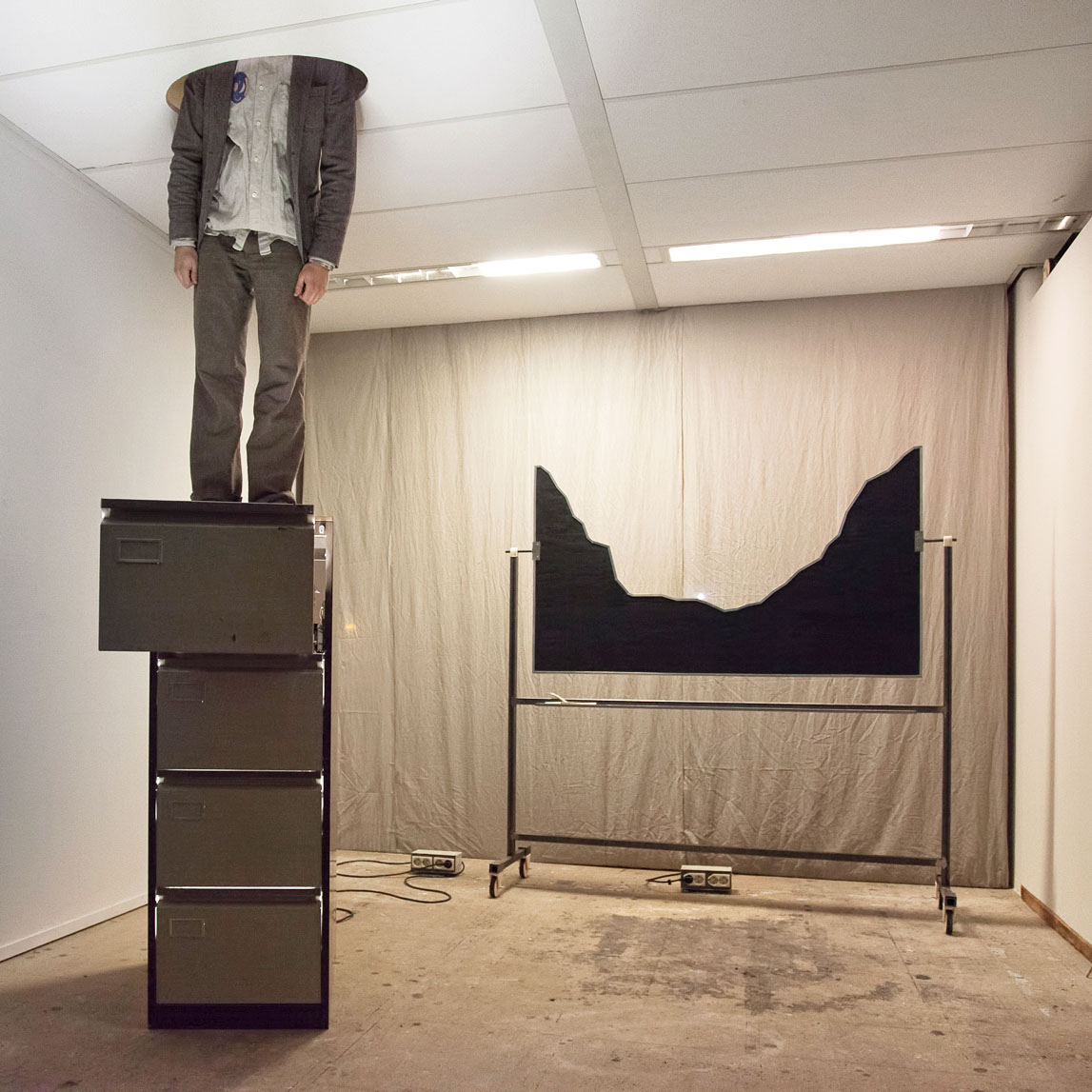
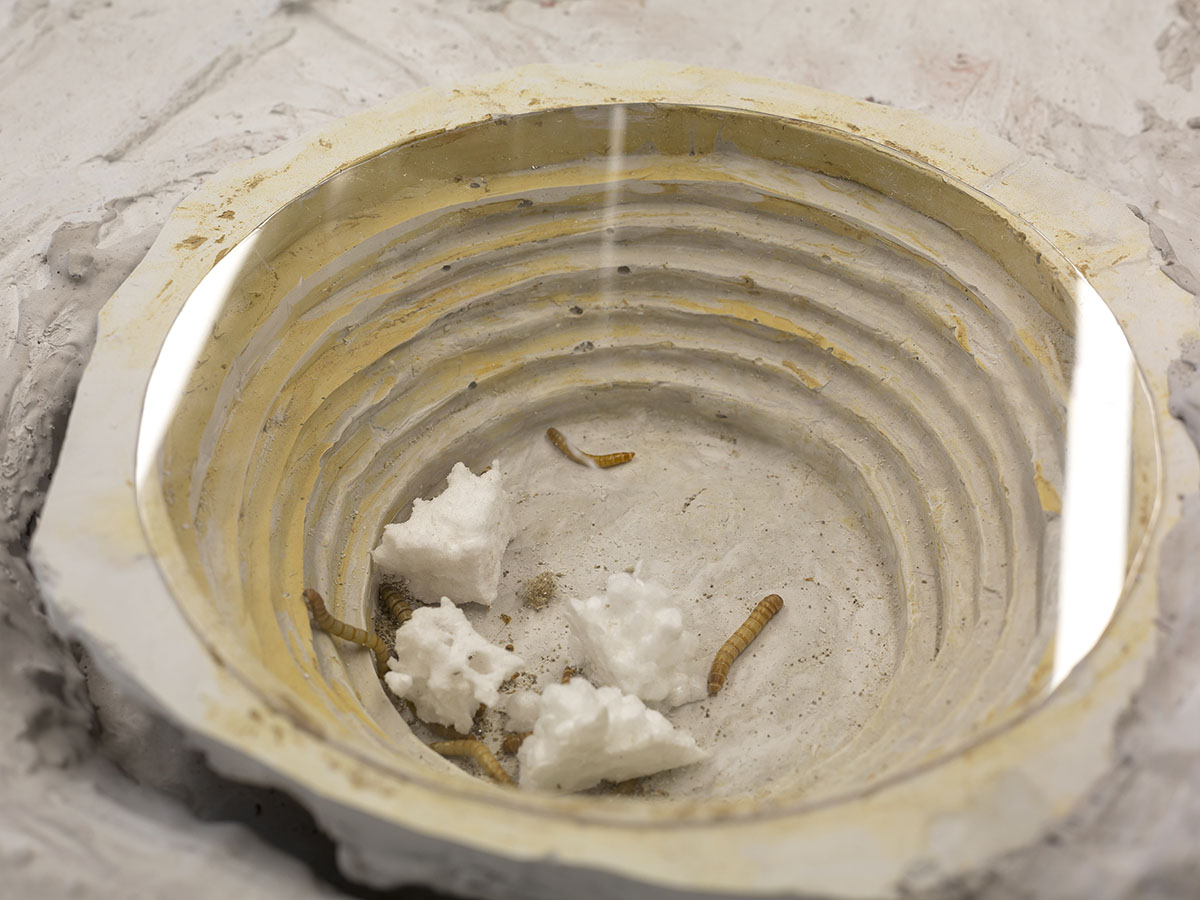
Does your art practice help you in understanding the world?
I think using your own size within your art for me has to do with the limits of understanding. And this constant need of humans to want to understand everything. I guess we all want to create some sort of order out of the chaos. I also have this tendency to want to understand, but I don’t think I can. Since childhood I also wonder about the fact that we don’t exactly know what is beneath our feet. People have done a crazy amount of research. And when you learn about this or gain knowledge, then still nothing is completely true. It are all just manmade constructions, models, systems, simulations. It is just an attempt to grasp it.
We are just constantly improving our models? Like setting a world record?
Exactly. And often we collect more and more evidence to prove something, until we reach a point that changes everything and then the model collapses. That moment in which things become uncertain again I find very important and beautiful.
I also like the idea that everything that you learn to children consists of lies. As a child you learn about the molecule and you are presented an image of it, which gets into your head and replaces the real thing. It is just a temporary model. And it can become obsolete quite quickly.
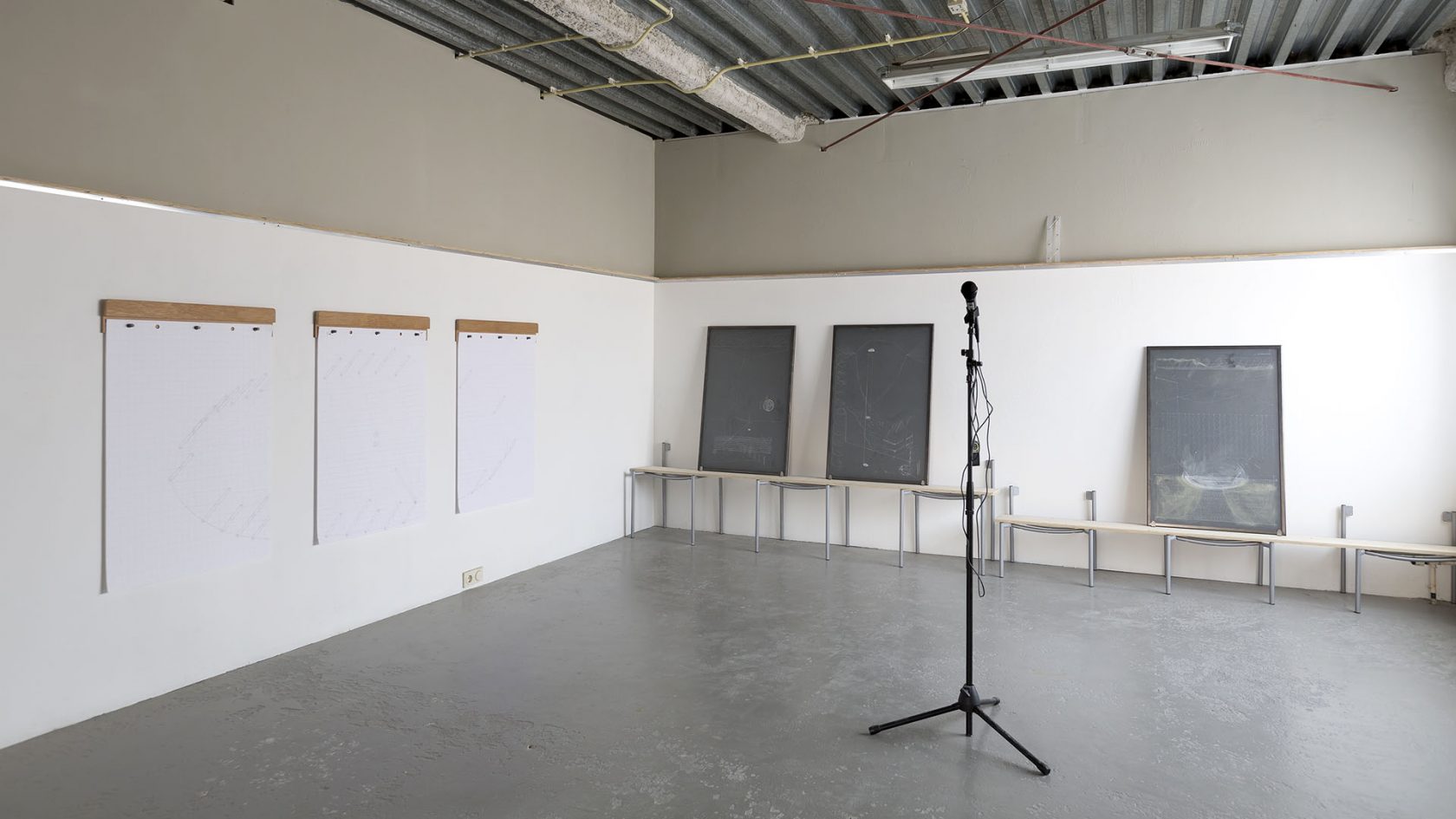
Do you have an example of a lie you have believed in for a long time?
There are so many things. As a kid I was impressed by all the knowledge that was collected in encyclopaedia. In it I saw the pictures of a model of the organs inside the body. And that was very interesting because normally you can’t see the inside of a body. So you believe that the shown situation is true for everybody. But it is an average. It is just a construct. Later I met a person who had his hart at the other side of his chest, something that seemed impossible to me.
Did you had to make a choice to become an artist, instead of a scientist? Would science also have been an option for you?
Not at all. It was perfectly clear for me to become an artist. I find it very important to put emphasis to the wobbly things in life.
Lately I have been making drawings with dotted or dashed lines. They are notation tools that we use to visualize something that is not physical or that lays underneath the visible. Or that is something you can cross, like a border between countries that is not really there or not definite. I find that very fascinating. Maybe it is because I always have a difficulty with taking a harsh stand on anything. I always have the feeling of not knowing enough.
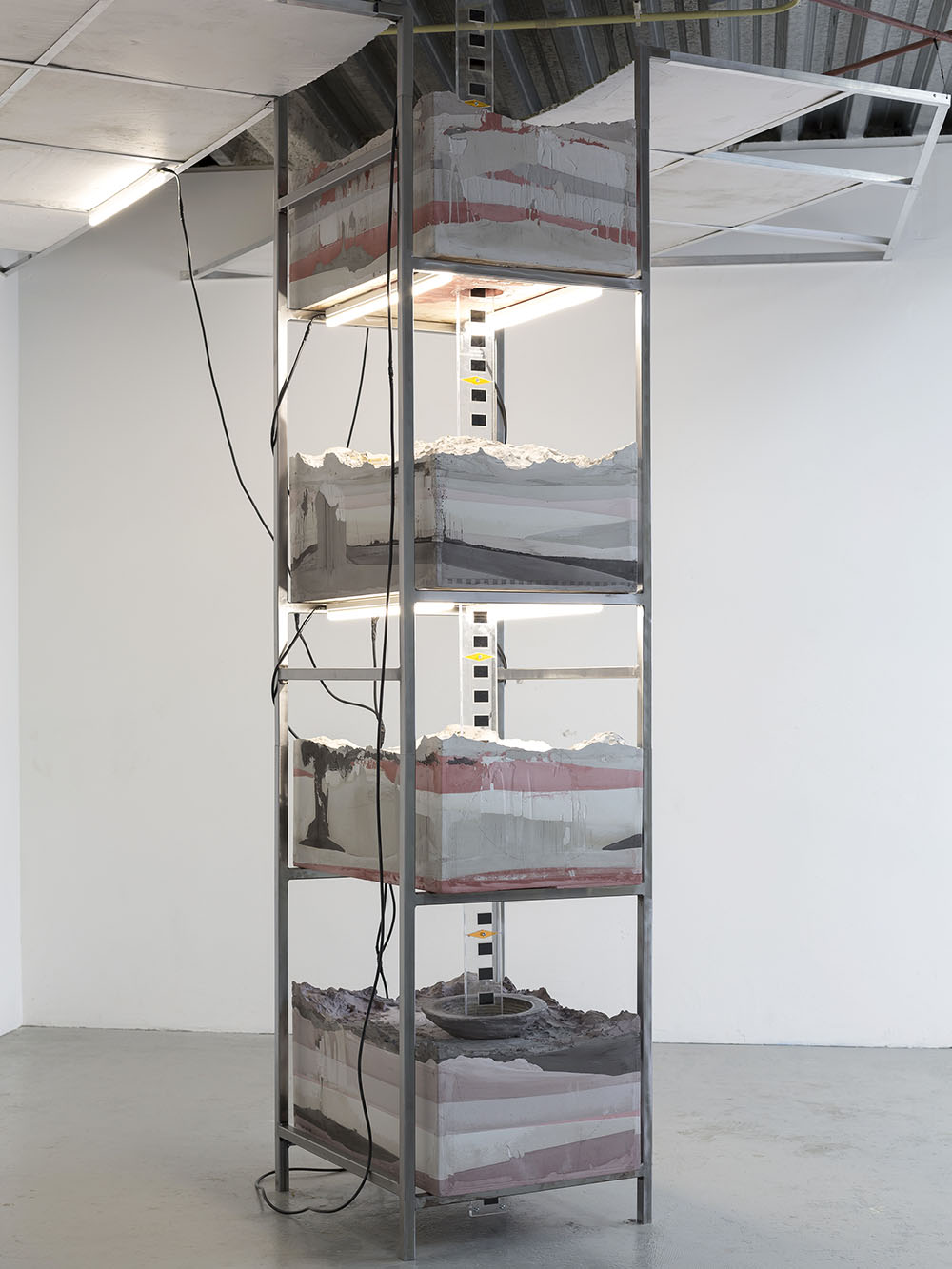
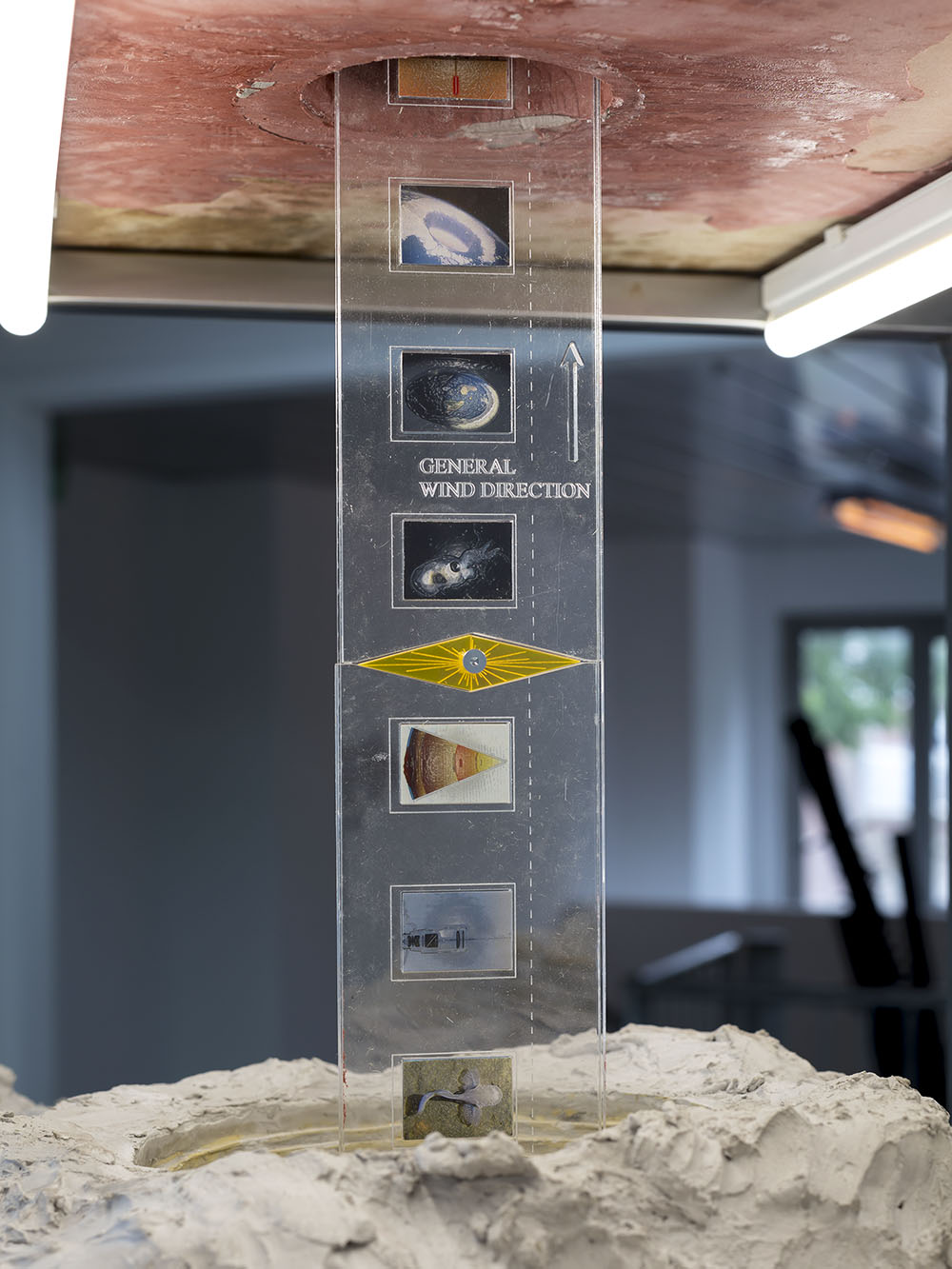
Are you artworks models too?
I think I see them as small monuments to these phenomenon. And to the act of trying to understand. I don’t want to convince anybody about anything. But I do want to share the things I find important or interesting. And to enjoy them and amuse others with it. I want to put care and concentration into making these things.
Because we take most things for granted and don’t really think them through?
Yeah. I know that I am quite sensitive to hierarchy. And if I don’t watch out, I am easily intimidated or impressed. So if you think about all the other things that we put in place like measurement systems and the fact that they have become such an authority in our lives because we see them as objective standards. But they actually have changed over time.
Now you sound more like a teacher!
Laughs. Yes, in second year at art school, I made a series of performances in which I explained the whole world. I started with putting myself in the position of being an authority and create my own model of the world. That’s where I started this track and realized I could work on this subject for a long time.
Do you like to listen to experts?
Yes, I like to listen to people explaining things. But I am not very concerned about whether it is the truth. With the internet you can always find some sort of theory to back up whatever you think. I also like these pseudo scientific sources. For some time I was obsessed with people who promote the Hollow Earth theory which is quite old and much more beautiful than the idea of a flat earth. I watched a lot of these videos about it and also used them to mimic their notations, models and all the visual elements that are used in science and data visualization. And how imagery is being used to be convincing. At a certain point you will automatically start to believe in these theories. It is also the power of the narrative in which you are being dragged.
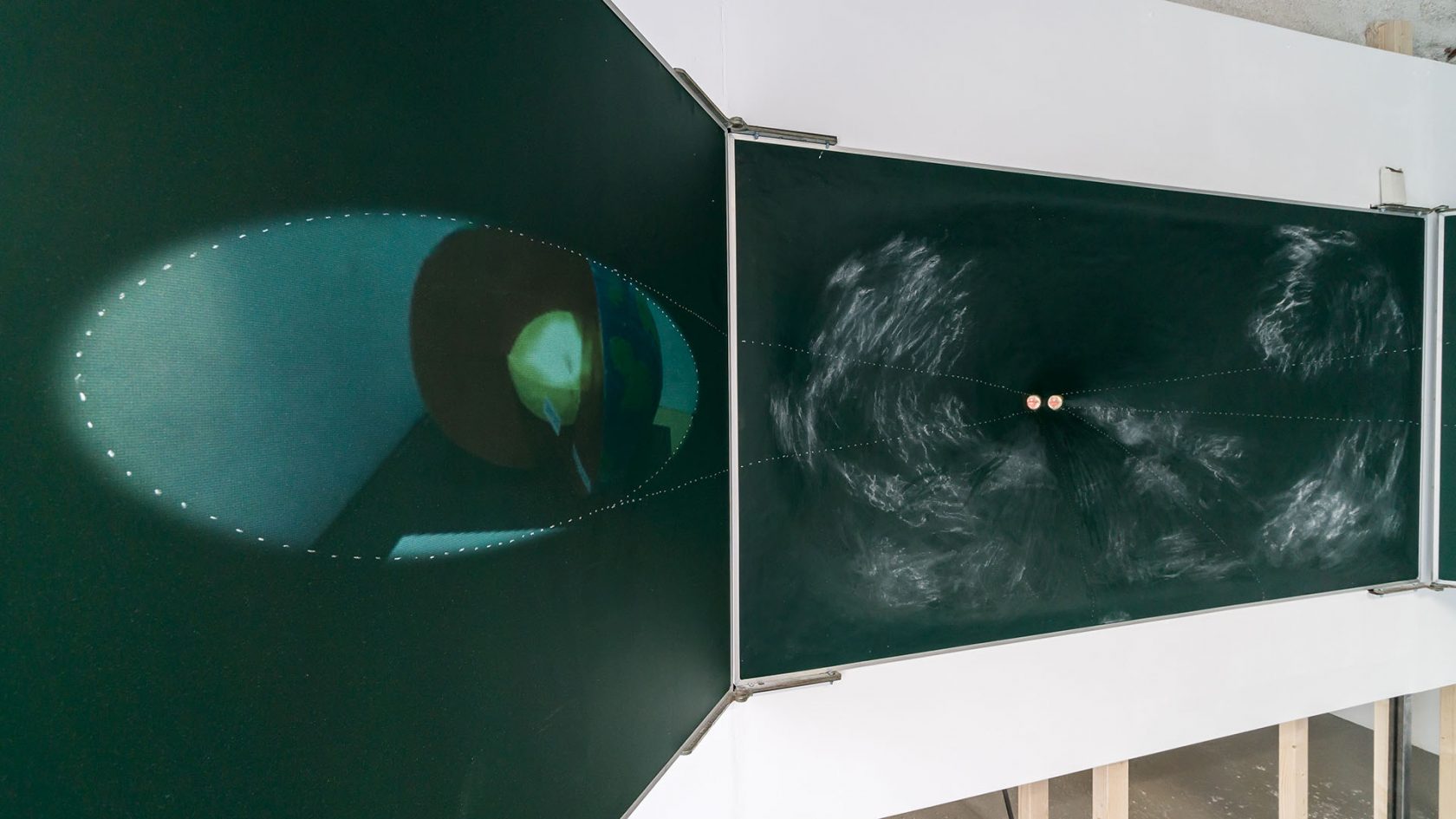
How does fiction fit into your work?
Most of my work is fiction. The last text I wrote is a script of a play that is not necessarily meant to be performed. It is about how amateurs and children often play out very abstract concepts as an allegory. In this text I included physical works as props that are being activated in the world, that is a fictional play. I am not yet sure to which extend this is just a process or a work, but I am finding out.
You give your existing works a role within the play?
Yes. They are sometimes activated within the text and sometimes not. That is in contrast with how I usually present them within an installation, where they are often presented as tools, like they are functional, but they are just being displayed and not used.
How important is text in a presentation or exhibition?
The role of text has changed. At first the texts were very important. I also did reading performances with texts. Also inside my exhibitions. But I am putting them less in the centre lately and now I turn them into objects or drawings that include the information in their visual presence. The balance is changing.
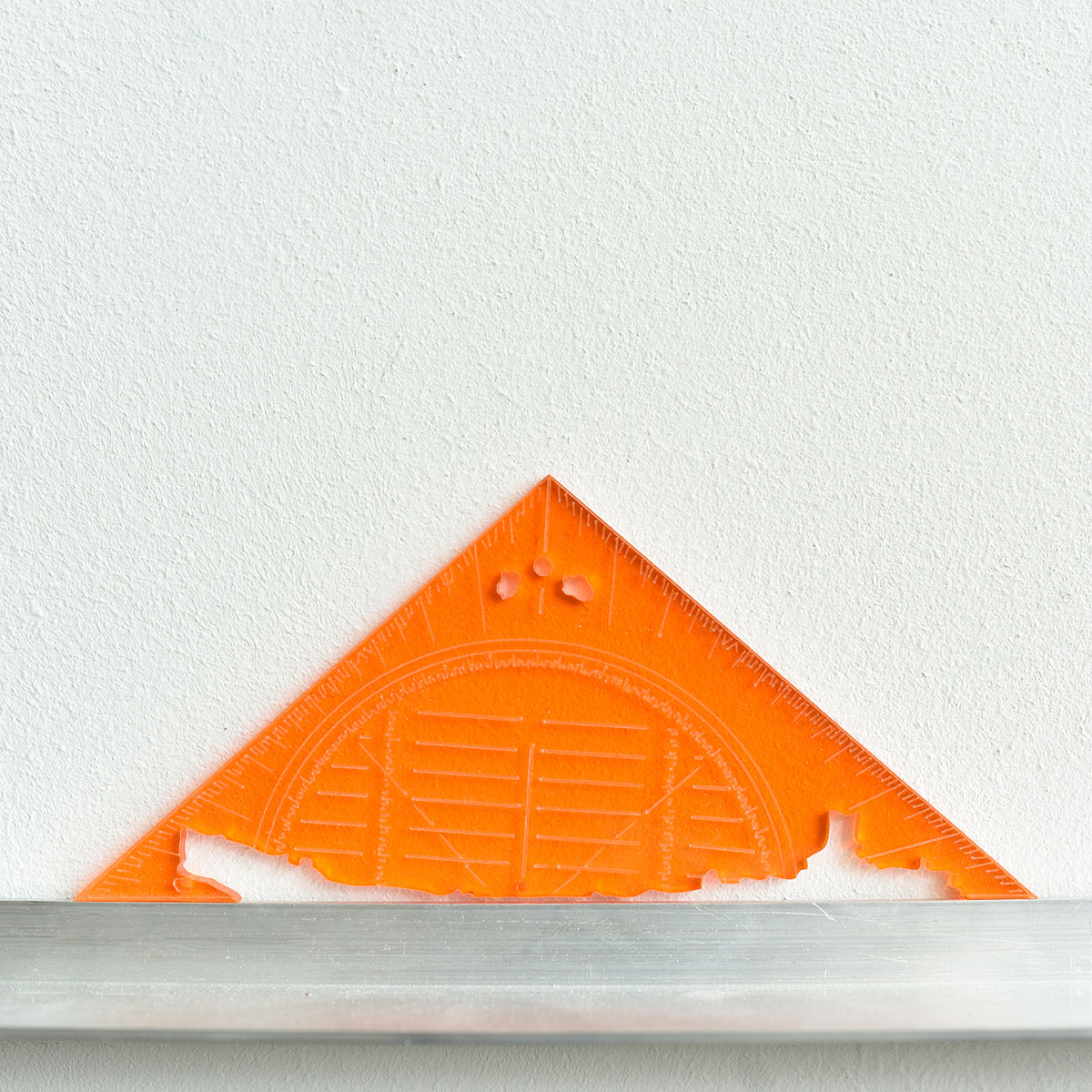
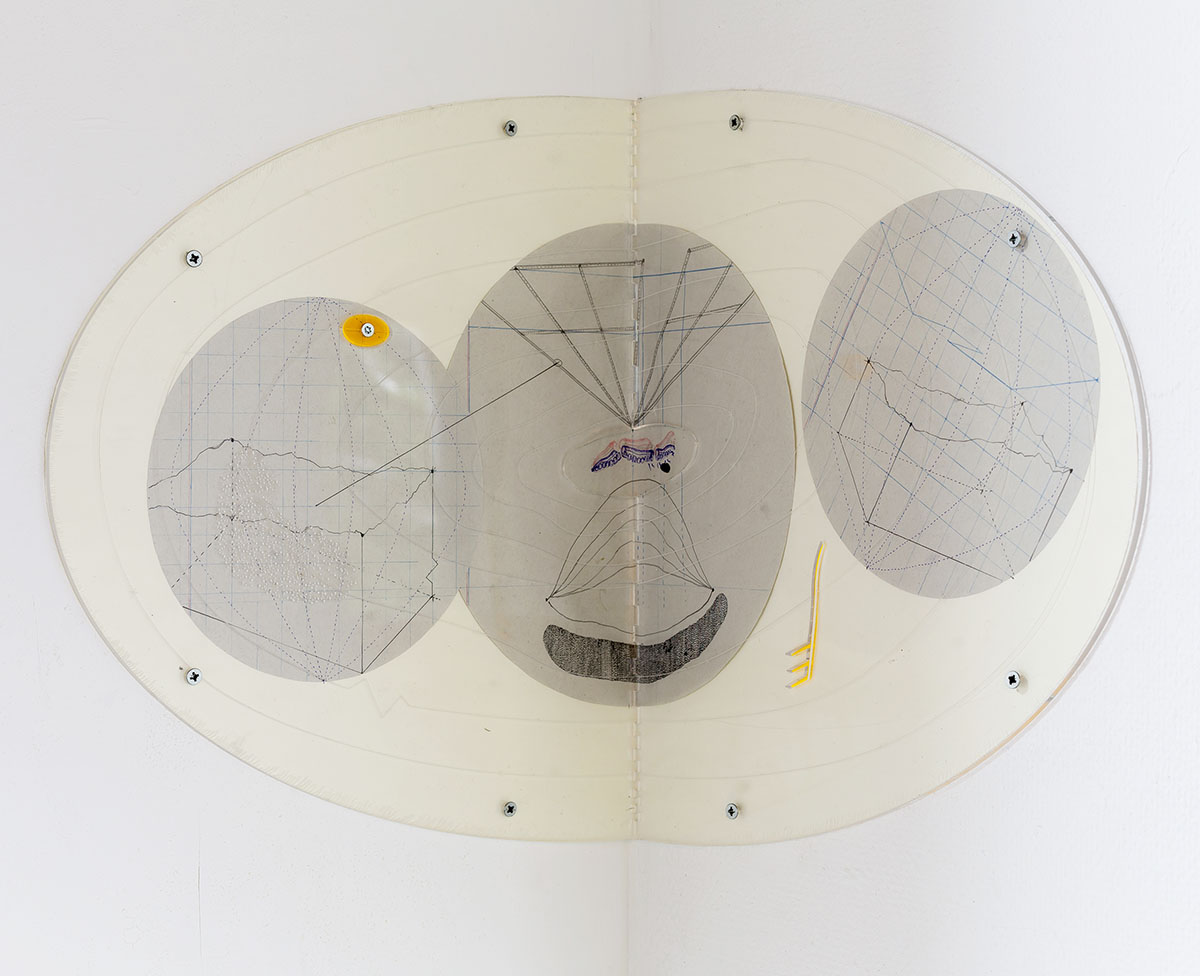
What artists have influenced your practice?
I like the practice of Hanna Darboven. Although I can’t say I totally understand her work. I also like the machines of Gerrit van Brakel. And important for my perception of art was Dieter Roth. When I visited Iceland, I didn’t know him very well. But I found out that in Iceland they really adore him so I started looking into his books. I don’t know if remember this correctly but I found a letter in which he was explaining a book that he was writing or was going to write. I thought that a letter explaining a book was a perfect idea. And I didn’t want to read the book anymore. I think I took that idea to deal with texts and drawings. Also the idea to be the centre of your own universe and to use a lot of different media appealed to me. It helped me to be less afraid of using different ideas and media. When I was at the painting department at KABK, I was mostly building things or drawing or making a text or a performance. I felt sometimes a bit insecure that I did not have one medium to commit to.
In October I will start at De Ateliers in Amsterdam. I am super excited about that. I am really looking forward to have two more years to study. The last years were really fun to discover how to work in different contexts. It was dynamic but on the other hand also very scattered. Now I would like to work on it as a whole.
Do you have some sort of a plan?
I have different ideas on the shelf. But I always just start working on them and to develop them organically.
You are not going to measure your progress?
Laughs. To do things systematically? I have tried to kind of to map my progress. But it doesn’t work like that.
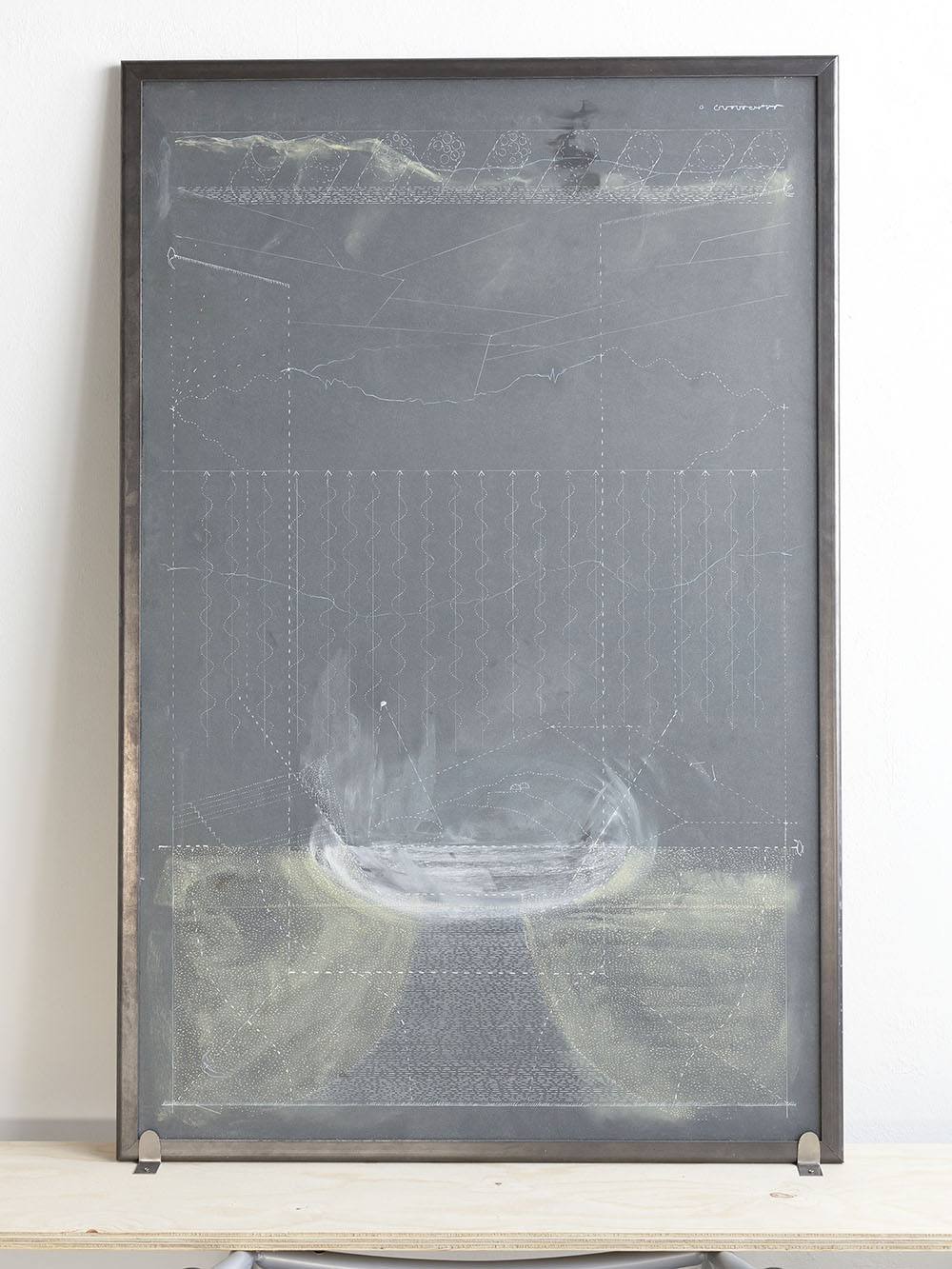
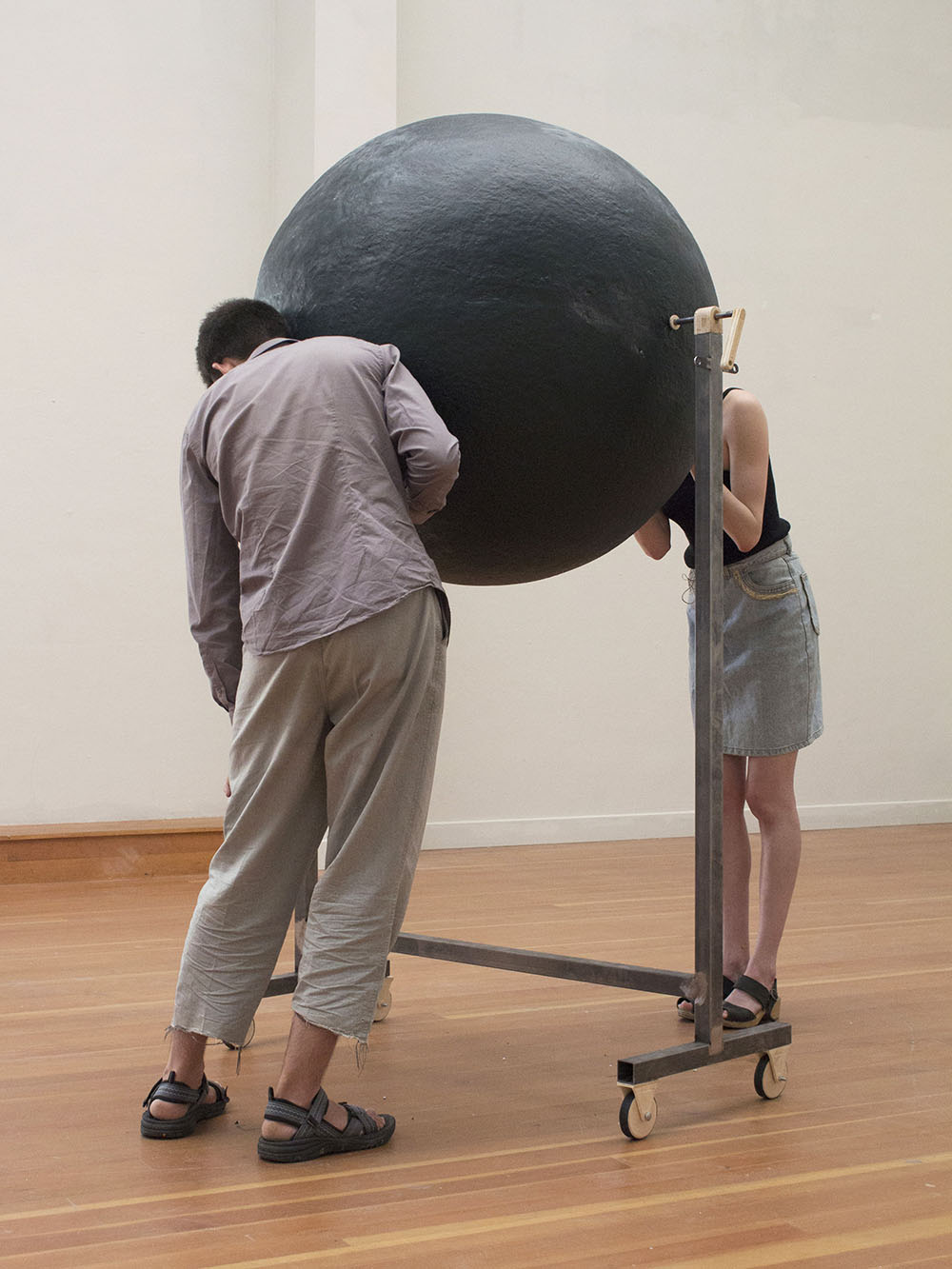
What do expect from the Stroom Invest week?
As I told you earlier, I haven’t talked a lot about my practice lately so I am excited to do that. It always makes you so much more sharp. It is not a natural thing to me. I do not usually look for these conversations on my work. But I am aware that it helps me. I have always been in control on when to speak out and I usually talk about work that is finished. So this conversation is also new for me.
What interests you more: the past, the present or the future?
The present. That is the period where the most things exist. The future feels more narrow to me. And the past is just how we are thinking in the present about the past.
It is funny because people say my work is also nostalgic or that is has to do al lot with the past. In a sense it has, because I am interested in the changes that happened to things that were very certain back then and that we now know have changed.
And you?
I am also mostly interested in the present.
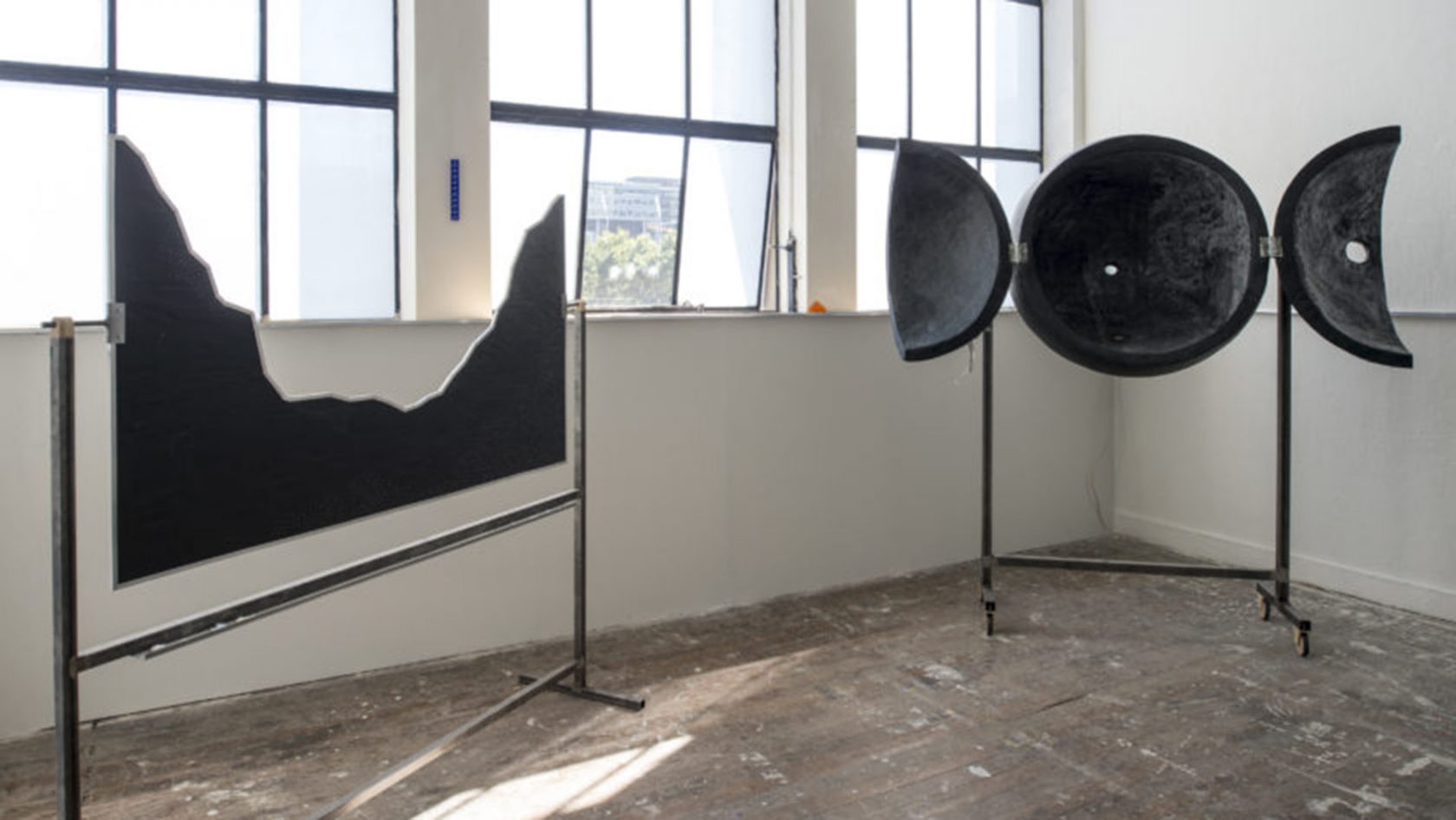
The Invest Week is an annual 4-day program for artists who were granted the PRO Invest subsidy. This subsidy supports young artists based in The Hague in the development of their artistic practice and is aimed to keep artists and graduates of the art academy in the city of The Hague. In order to give the artists an extra incentive, Stroom organizes this week that consists of a public evening of talks, a program of studio visits, presentations and a number of informal meetings. The intent is to broaden the visibility of artists from The Hague through future exhibitions, presentations and exchange programs. The Invest Week 2020 will take place from 21 to 25 of September.